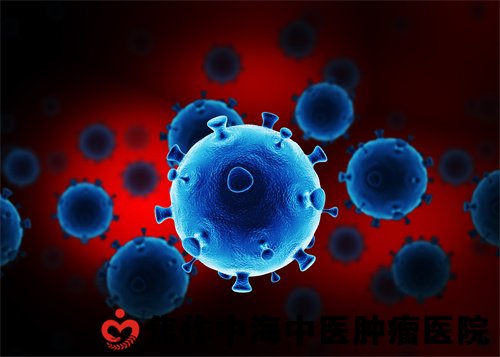
September 01, 2023
More than 95% of nasopharyngeal carcinoma belongs to poorly differentiated and undifferentiated cancer, with a high degree of malignancy, rapid growth, and prone to lymph node or blood metastasis. At the time of diagnosis, 75% of the patients with nasopharyngeal carcinoma were in stage Ⅲ and Ⅳ. The later the stage of the disease, the more chance of distant metastasis and the worse the prognosis. Radiotherapy is a kind of local treatment, which can not prevent distant metastasis, so the combination of chemicals or several drugs may reduce the tumor or eliminate small lesions and improve the therapeutic effect. Main methods:
1. Combined chemotherapy regimen.

The main results are as follows: (1) CF regimen cyclophosphamide and 5-fluorouracil are broad-spectrum anticancer drugs and have certain curative effect on nasopharyngeal carcinoma.
(2) CBF regimen cyclophosphamide 600 mg-1000 mg / time, intravenous injection, on the 1st and 4th day. Bleomycin 15 mg / time, intramuscular injection, on the 1st and 5th day. 5-fluorouracil 500 mg, intravenous injection, 2, 5 days, after the end of the course of rest for 1 week, a total of 4 courses. The effective rate is 60.8%.
(3) PFA regimen cisplatin 20mg and 5-fluorouracil 500mg intravenously for 5 days. Doxorubicin (doxorubicin) 40 mg, intravenous injection on the first day of treatment. It was repeated after 3 weeks and 4 weeks, which could significantly reduce the tumor.
(4) PF regimen cisplatin 20mg / m2 and 5-fluorouracil 500mg / m2, intravenous drip, continuous use for 5 days, rest for 2 weeks, can use 2-3 courses of treatment. This regimen can be used to shrink the tumor before radiotherapy, or for chemotherapy alone, with an effective rate of 93.7%.
2. Combined chemotherapy and radiotherapy.
The effect of combined chemotherapy and radiotherapy is better, and the 5-year survival rate is higher. In 2004, the International Journal of radiation Oncology, Biology and Physics introduced that some scholars used the "cocktail therapy" of "simultaneous radiotherapy and chemotherapy" and combined with the care of the medical team to enable 95% of nasopharyngeal carcinoma patients to complete the treatment. The magazine recommended that countries around the world include reference guidelines for the treatment of nasopharyngeal carcinoma. The results are as follows: 1 the 5-year survival rate of stage 1 patients was 100%. (2) in stage 2 patients, the 5-year survival rate was 98%. (3) in stage 3 patients, the 5-year survival rate was 85%. In stage 4 patients, the 5-year survival rate was 55%. With this treatment, patients must suffer double adverse reactions. However, when scholars in the United States and Canada applied the above treatments to treat nasopharyngeal carcinoma, the completion rate of patients was only 60%. 350 patients with nasopharyngeal carcinoma were treated with "simultaneous radiotherapy plus chemotherapy" in Hong Kong. 5 times a week, 1 time chemotherapy, 8 weeks was a course of treatment. The results showed that the rate of cancer cell metastasis to liver and lung decreased significantly. The non-worsening survival rate increased to 70%.

(1) Induction chemotherapy.
Cisplatin: 30 mg / m2, day 1-3, intravenous drip.
5-fluorouracil: 300 mg / m2, 8 ~ 12 days, intravenous drip slowly.
There was a cycle every 21 days. After a week's rest, routine radiotherapy was started.
(2) simultaneous chemotherapy during radiotherapy.
Cisplatin: 20mg / m2, day 1-3, intravenous drip.
5-fluorouracil: 300 mg / m2, 8 ~ 12 days, intravenous drip slowly.
Every 21 days is a cycle, a total of 2 cycles.